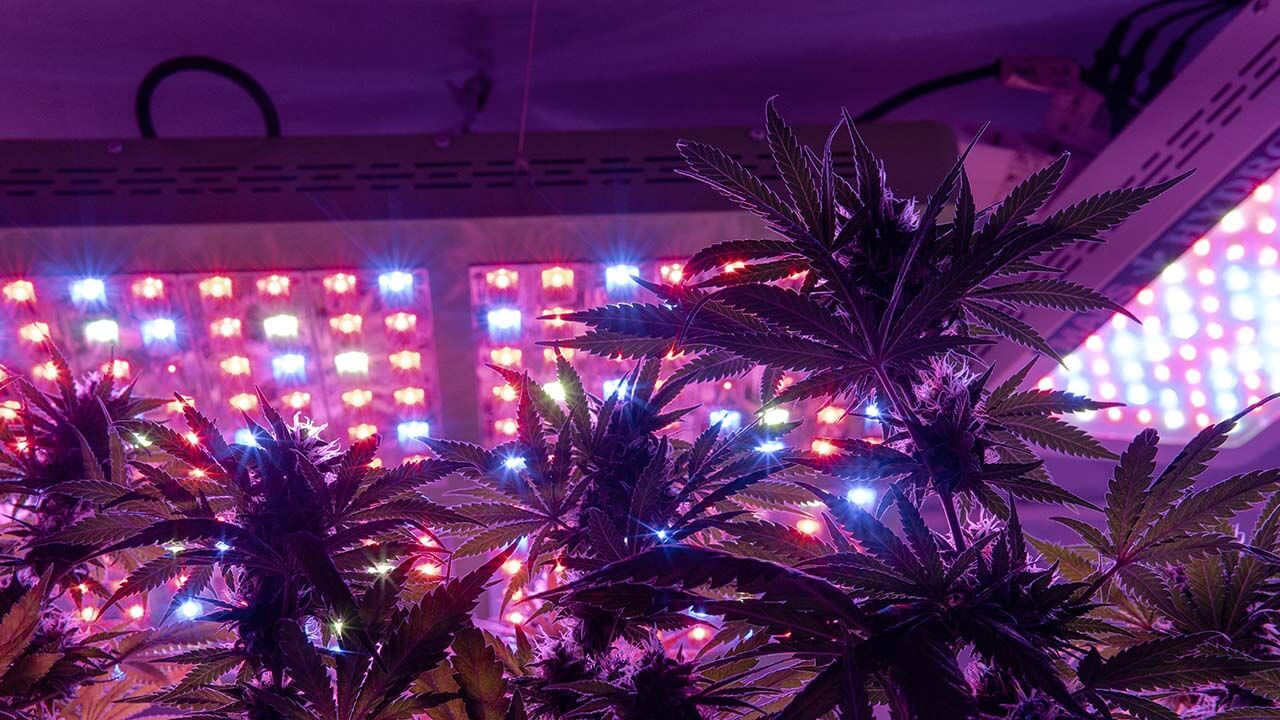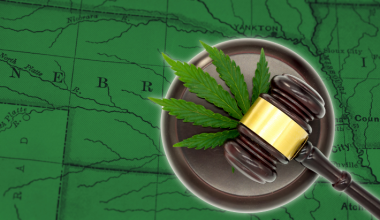(This is a contributed guest column. To be considered as an MJBizDaily guest columnist, please submit your request here.)

The principle of continuous improvement (CI), called “kaizen” by the Japanese, means to make continuous incremental changes to a company’s manufacturing process while continually improving internal skills, practices and procedures – all to achieve increased efficiency and quality.
By taking a CI approach to direct materials, labor and associated processes, kaizen principles can lower the cost of goods sold (COGS) in your cannabis cultivation business and increase profitability.
Most of our CI pursuits are based on having reliable data to measure results.
To grow plants optimally, we need to collect data on three fundamental points:
- Light
- Temperature and humidity
- Carbon dioxide and water
Know the light

The cannabis adage applies here: “It’s just a plant.”
Cannabis plants use light energy to drive the metabolic process of photosynthesis.
We must know our light levels to optimize plant growth.
Packets of light emitted per unit area per second is a measurable thing. Cannabis, like fruit, requires a certain minimum quantity of light per day to bear valuable crops.
Regular measurement of light levels with a reliable instrument guarantees our plants are getting what they need to optimize each stage of growth.
Control temperature and humidity
Photosynthesis has a measurable rate.

Plants, when supplied with light energy, incorporate the carbon from carbon dioxide gas into sugar molecules.
Enzymes are crucial to this process. And these enzymes function optimally at a specific temperature range.
Thus, we need to hit temperature targets to maximize the rate of photosynthesis at each stage of plant growth.
The relative humidity (rH) of the air around plants has a vital impact on growth, development and quality.
Very dry conditions (low rH) increase water and dissolved mineral uptake by the roots.; conversely, very wet conditions (high rH) slow it down.
Wet conditions risk molds and microbials developing in the dense buds we expect near the end of production, jeopardizing quality.
The combination of the surrounding air temperature and rH and the plant’s leaf temperature inform a metric known as vapor pressure deficit (VPD).
This is a key driver and indicator of plant performance during each stage of growth.
Kaizen means ongoing monitoring of temperature and rH data to ensure plant health and quality.
Remember the simple things: carbon dioxide & water
Everyone recalls photosynthesis from science class.
With light energy and water, plants incorporate carbon dioxide into the simple sugar glucose. This serves as the internal energy source for plant growth and development.
Many of us take water and carbon dioxide for granted: Turn on the faucet. Exhale.
But the optimal amount of those resources isn’t guaranteed when cultivating cannabis.
We need to know what background minerals are dissolved in our water so we can account for them to ensure balanced nutrient delivery.
The kaizen principle guides us to monitor source irrigation water seasonally if we’re using, for instance, a well.
Then we have data to support our fertilizer calculations and prevent problems related to imbalances.
We had a client with almost 20,000 square feet of cannabis plants in peril.
The client hadn’t examined their irrigation-water quality, and our tests showed problematic sodium levels.
Over time, the sodium had built up in the root zone, jeopardizing all production batches. But such risky situations can be prevented by committing to kaizen from Day 1.
Plants consume carbon dioxide when the sun’s out or the horticultural lights are on.
Normal atmospheric carbon dioxide concentration is about 425 parts per million (ppm).
In indoor cannabis production, we augment that as much as three times (roughly 1,300 ppm) during the flowering stage to achieve maximum quality and yields.
A client had very low yield numbers on an indoor production run, but all data indicated no key parameters were off.
We helped the client verify sensor readings of the carbon dioxide supply system and found that the sensors had drifted in accuracy and reliability, causing low carbon dioxide levels.
Without the kaizen principle, simple things such as carbon dioxide can cause unexpected losses.
Reduce ‘landed cost’ waste among supplies
Freight can add up considerably for raw materials and supplies that have been shipped to our site.
We had one client laser-focused on getting the “best deal” on every purchase. But they hadn’t considered “landed cost” (the cost including freight) per item.
The client’s landed cost became cheaper when they consolidated suppliers and took advantage of maximizing less than truckload (LTL) freight.
Although the price of supplies sold by a vendor where they already got other related supplies was a bit higher than those “best deals,” the landed cost was less when grouped with a larger order.
By consolidating suppliers, the annualized cost savings were significant.
Go to the source
Most business owners know the general pricing paradigm: Manufacturer > Distributor > Wholesaler > Retailer.
The cost of any item increases along the supply chain. Thus, the closer to the source we can procure our direct raw materials, the lower the cost.
There are also opportunities to consolidate ordering and leverage competing distribution networks for even better pricing.
The reduction of greenhouse-gas emissions through the consolidation of freight is also a plus for the environment.
Subscribe to the MJBiz Factbook
Exclusive industry data and analysis to help you make informed business decisions and avoid costly missteps. All the facts, none of the hype.
What you will get:
- Monthly and quarterly updates, with new data & insights
- Financial forecasts + capital investment trends
- State-by-state guide to regulations, taxes & market opportunities
- Annual survey of cannabis businesses
- Consumer insights
- And more!
Use math and science to improve fertilizer economy
Although the cannabis space boasts countless fertilizers options, they all deliver similar resources to the root zone of the plant.
Measurable outcome is more a function of the concentration of fertilizer solution and the optimal growth strategies discussed earlier.
Often, we can shave off up to several cents per mixed gallon of nutrients through incremental refining of a fertility program.
Operations that administer hundreds or thousands of gallons a day of fertilizer solution can see a sizable reduction in COGS.
Thousands or tens of thousands of cents saved monthly equates to a sizable savings in dollars annually.
Using math and science to dial in precision amounts of fertilizer not only lowers our COGS but also reduces fertilizer runoff, further aiding the environment.
In summary, by adopting a kaizen continual improvement ethos into our cannabis cultivation businesses, we can reduce COGS by perfecting our purchase and usage of direct materials, labor and associated processes.
Continual improvement is an ongoing commitment. With kaizen, we’re never done improving.
Wally Daniel is an applied scientist and founder of Willamette Valley, Oregon-based Green Garden Consulting, a boutique firm specializing in cannabis plant health, fertility and quality assurance as well as commercial operations standards and practices. He can be reached at wdaniel@greengardenconsulting.org.
Rachel Wright is a certified public accountant and the founder and CEO of Los Angeles-based Verdant Strategies, an accounting, financial management and strategic consulting firm. She can be reached at rwright@verdantstrategies.com.
Simon Menkes is a certified public accountant at Verdant Strategies. He can be reached at smenkes@verdantstrategies.com.
Medical Disclaimer:
The information provided in these blog posts is intended for general informational and educational purposes only. It is not a substitute for professional medical advice, diagnosis, or treatment. Always seek the advice of your physician or other qualified healthcare provider with any questions you may have regarding a medical condition. The use of any information provided in these blog posts is solely at your own risk. The authors and the website do not recommend or endorse any specific products, treatments, or procedures mentioned. Reliance on any information in these blog posts is solely at your own discretion.






